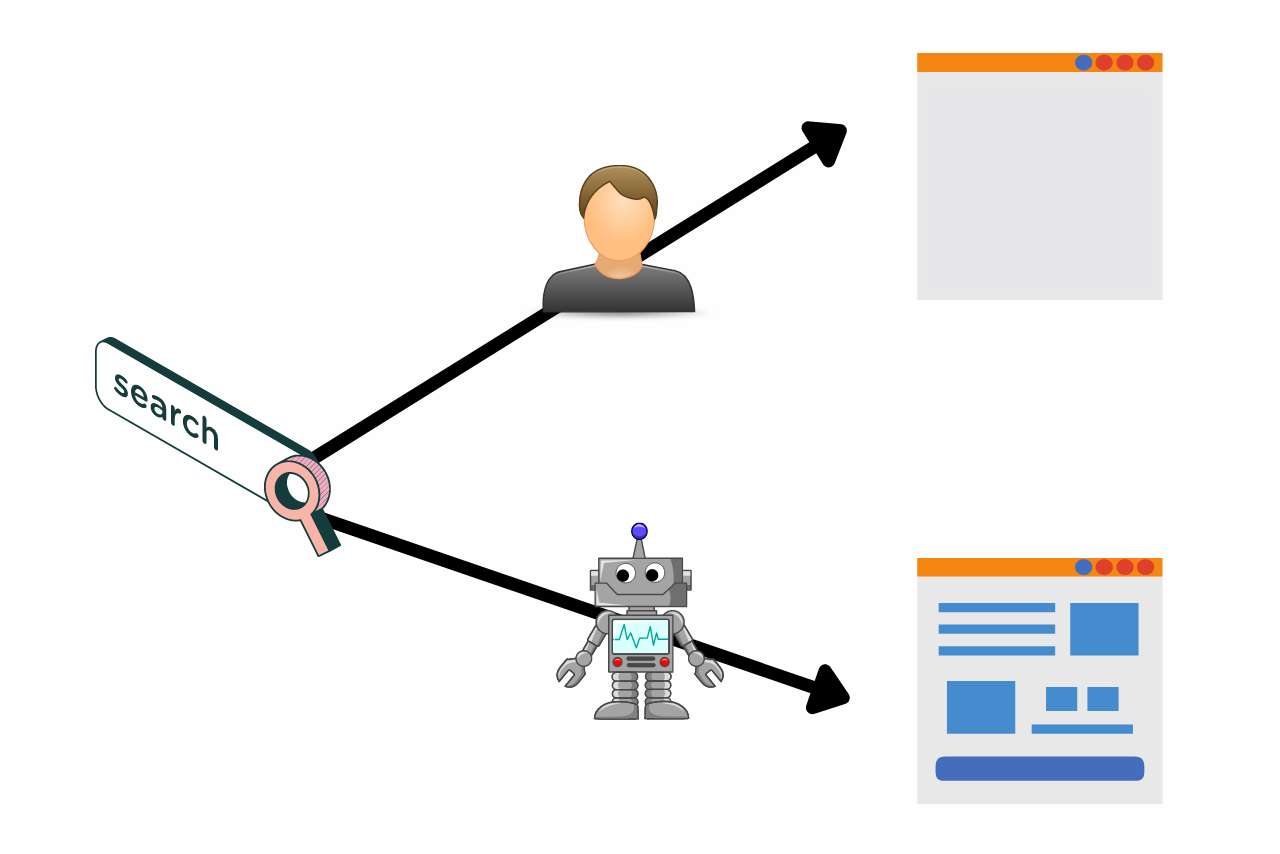
Table of Contents
Unlocking the Secrets of Cloak SEO: A Professional Guide
In the fast-paced realm of digital marketing, search engine optimization (SEO) is vital for businesses aiming to enhance their online visibility. Among the various techniques available, Cloak SEO has emerged as one of the more controversial strategies. In this blog, we will explore what Cloak SEO entails, its advantages, potential risks, and ethical practices for implementation.
What is Cloak SEO?
Cloak SEO refers to the practice of serving different content or URLs to users and search engines. This technique aims to manipulate search engine rankings by displaying optimized content to crawlers while showing a different version of the page to human visitors.
As SEO expert Matt Cutts noted, “Cloaking is a way of showing different content to search engines than what users see.” While this approach may appear tempting, the implications can be significant.
Advantages of Cloak SEO
While often classified as a black-hat technique, Cloak SEO can provide certain advantages when applied responsibly:
- Enhanced Visibility: By optimizing content specifically for search engines, businesses may see a boost in their rankings, leading to increased traffic.
- Improved User Experience: Users may receive content tailored to their needs, enhancing engagement and reducing bounce rates.
- Targeted Marketing: The ability to serve specific content to different demographics or regions can make marketing efforts more effective.
Risks of Cloak SEO
Despite its potential benefits, the risks associated with Cloak SEO are considerable. Search engines like Google continually refine their algorithms to detect and penalize cloaking practices. The potential consequences include:
- Penalties: Search engines can impose severe penalties, including de-indexing your site entirely.
- Loss of Trust: Users may feel deceived if they discover that the content they were served is different from what was promised.
- Legal Issues: Misleading advertising practices can lead to legal repercussions, particularly in regulated industries.
Case Study: The Impact of Cloaking
In 2011, a major travel website was penalized by Google for employing Cloak SEO techniques. Initially, the site enjoyed a significant boost in rankings, but the subsequent penalty resulted in an over 80% drop in organic traffic. This incident serves as a cautionary tale about the risks involved in cloaking.
Best Practices for Ethical SEO
If you are considering Cloak SEO, it’s crucial to adopt an ethical approach. Here are some best practices to keep in mind:
- User-Centric Content: Ensure that the content served to users is genuinely relevant to their needs and aligns with their search intent.
- Transparency: Be clear about any redirects or content changes. Transparency fosters trust with your audience.
- Compliance: Always adhere to search engine guidelines to avoid penalties.
Conclusion
While Cloak SEO may offer short-term gains in visibility and engagement, the potential risks often outweigh the benefits. As the digital landscape continues to evolve, focusing on ethical SEO practices that prioritize user experience will yield better long-term results.
Digital marketing expert Neil Patel wisely stated, “The best SEO is the kind that users appreciate.” By investing in high-quality, relevant content that meets your audience’s needs, you can achieve sustainable success without the pitfalls of Cloak SEO.




